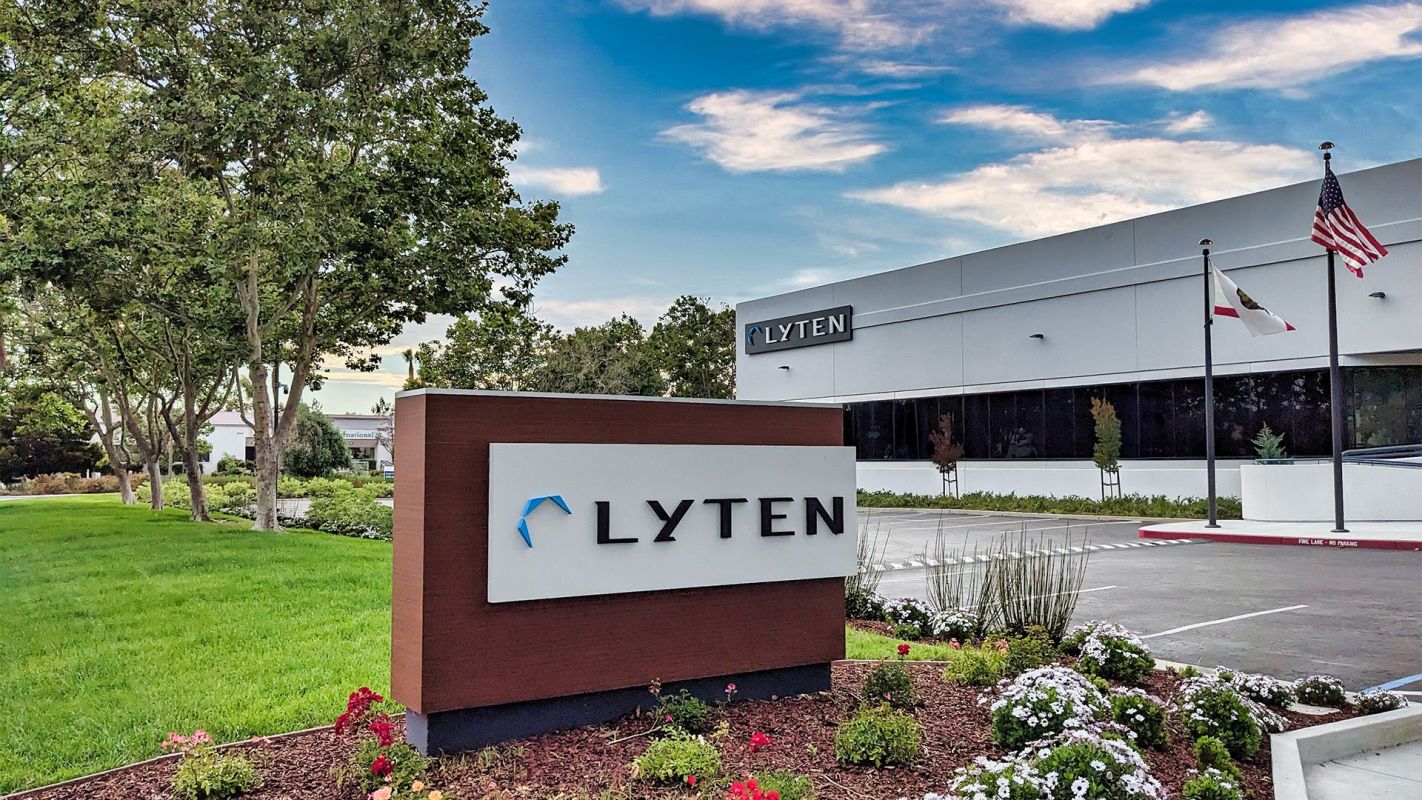Our world has changed numerous times throughout history because of someone's happy accident. From the microwave to penicillin to Post-it Notes, many of our greatest inventions were never intended to be invented.
Lyten, a company based in San Jose, California, may be entering the "accidental history" books with a material that could be as revolutionary as any of the above-mentioned discoveries — 3D Graphene.
Let's go back to the beginning for a quick history lesson. In 2004, the world was introduced to graphene, a two-dimensional supermaterial that is a form of carbon and only a single atom thick. It's stronger than steel, superlightweight, and highly conductive. Basically, it's the most amazing material ever — its creation even earned a Nobel Prize in Physics.
So why are we not all getting around in flying cars made of graphene? Well, it does have its limitations.
"Think about it like a sheet of paper," explained Keith Norman, chief sustainability officer of Lyten. "The only way to chemically interact with the graphene is along the edges of that sheet, so the material does not interact or mix with other elements or materials."
Norman told The Cool Down that scaling the development of graphene into commercial applications has been an uphill battle. In addition to not playing well with others, it's also very expensive to manufacture.
Enter, Lyten 3D Graphene.

"Imagine taking that sheet of paper and crumpling it up and twisting it. That is 3D Graphene," Norman said. "Instead of only being able to bond with the material on the edges, you can now bond at every fold and crease, increasing its ability to interact with other elements on the periodic table."
That opened up endless possible applications for the miracle material, with one of the more significant uses being in batteries. Lyten is utilizing 3D Graphene to build lithium-sulfur batteries. "The implications are significant," Norman told TCD. "We are now targeting a battery that has greater than twice the energy density of lithium-ion and will be more than 40% lighter weight."
A battery that is lighter and can hold more energy is the perfect solution for things like electric vehicles.

On top of that, Lyten's lithium-sulfur batteries don't need nickel, cobalt, manganese, or graphite — minerals used in lithium-ion batteries. Mining those minerals has a devastating impact on the environment and people in those communities. Plus, the supply chain for those minerals mostly runs through China; Lyten's lithium-sulfur battery can be sourced and manufactured in the U.S., eliminating supply-chain issues and lowering the cost and environmental impact from shipping.
"We describe lithium-sulfur as the 'electrify everything' battery, as it breaks through price and weight barriers, enabling electrification to be far more viable for industries where weight matters (aviation, aerospace, trucking, etc.) and mass-market adoption where price is a barrier," Norman said.
So how did Lyten discover this revolutionary material? It turns out, it was completely by accident.
"We did not set out to create 3D Graphene or a material at all," admitted Dan Cook, president, CEO, and co-founder of Lyten. "We set out to test, 'What if we could turn methane and other greenhouse gases into clean hydrogen without creating emissions in order to provide cleaner forms of energy?'"
Cook said they were successful in making clean hydrogen, but the downside — or so they thought — was that they were left with large amounts of solid carbon. The good news was that meant the methane had been sequestered, keeping it out of the atmosphere. The bad news was they didn't know what to do with all that carbon.
"That is when we looked under the microscope and discovered we did not have low-value carbon black," Cook told TCD. "But instead, we had developed a 3D Graphene variant."
That was in 2015. Lyten spent the next six years focused on getting the 3D Graphene material platform right. "It was a 'eureka moment,' followed by years of discovery to turn that eureka into something that can truly impact the world," said Cook.
So when will the general public start to benefit from this incredible discovery? Pretty soon.
Earlier this year, Lyten announced the opening of the first automated battery pilot line in the U.S. to produce its batteries, which will be available to early-adopting customers within the defense, automotive, logistics, and satellite sectors as early as this year.
It's going to cost a lot of money to produce all these batteries, so it's a good thing the company also just announced on September 12 that it completed its series B funding, raising $200 million with investments from numerous companies, including Stellantis (the automotive manufacturing corporation that owns Dodge, Chrysler, Fiat, and others), Honeywell, and FedEx.
"Lyten is laser-focused on scaling our manufacturing of 3D Graphene materials and using that material to commercialize our first three applications: lithium-sulfur batteries, composites, and IoT ["internet of things," or internet-connected] sensors," Norman said.
"We believe new materials hold the key to delivering fundamentally better-performing products that will also deliver gigaton scale decarbonization impacts," Cook said separately in a press release. "In every industry, materials limitations are a barrier to profitably reducing emissions and that is exactly where we are deploying 3D Graphene."
Just like microwaves, penicillin, and Post-it Notes, Lyten's 3D Graphene has the chance to impact everyone around the world — even if it may not be able to cook a frozen burrito in 90 seconds.
Join our free newsletter for weekly updates on the coolest innovations improving our lives and saving our planet.









